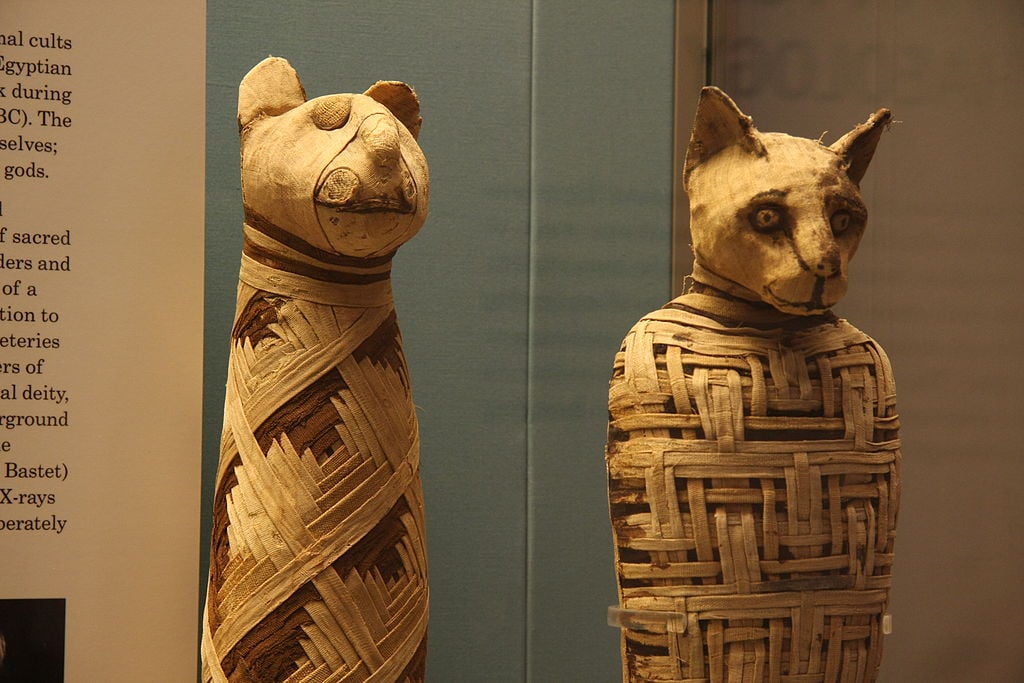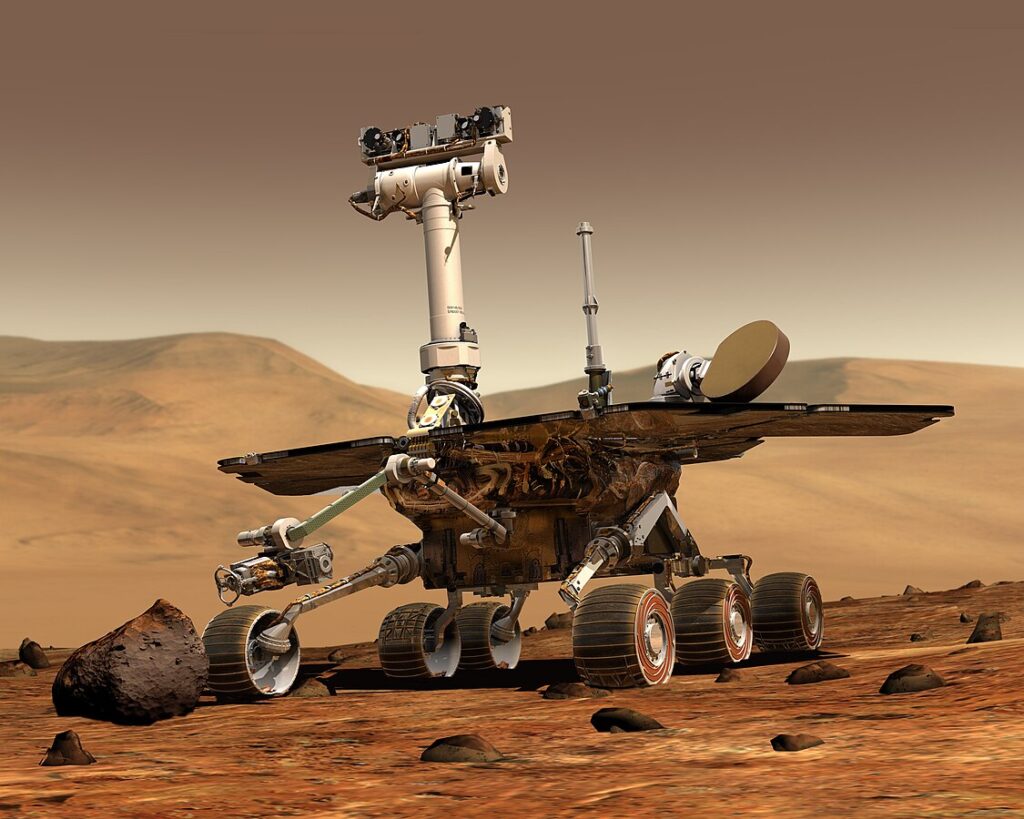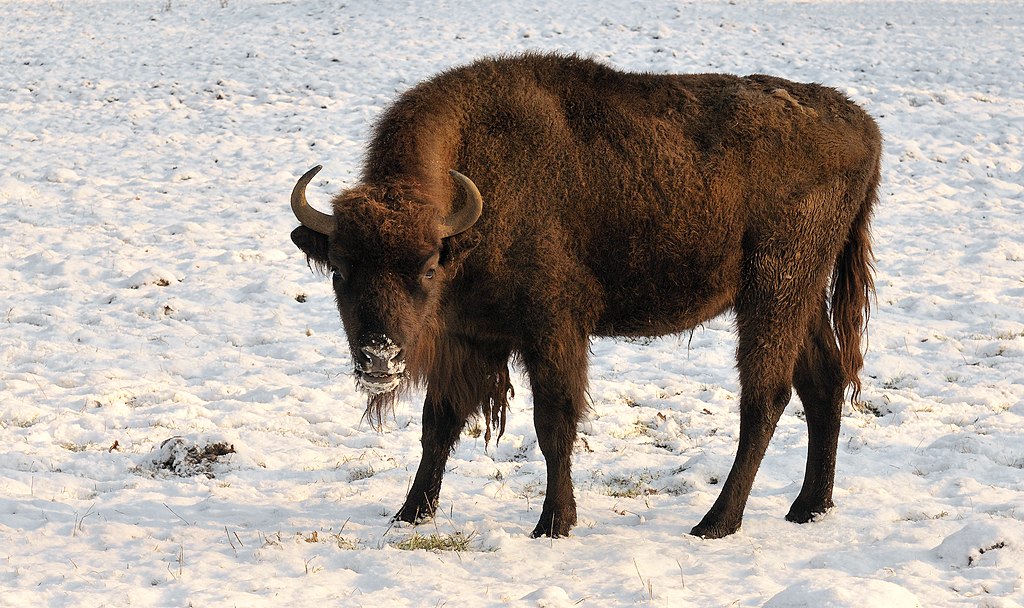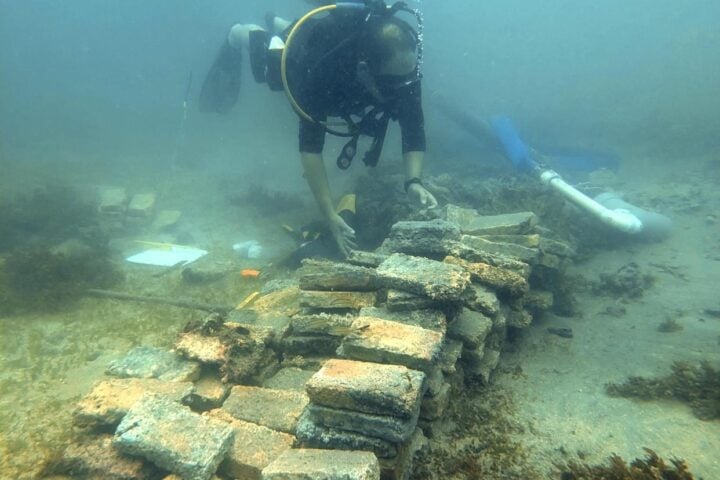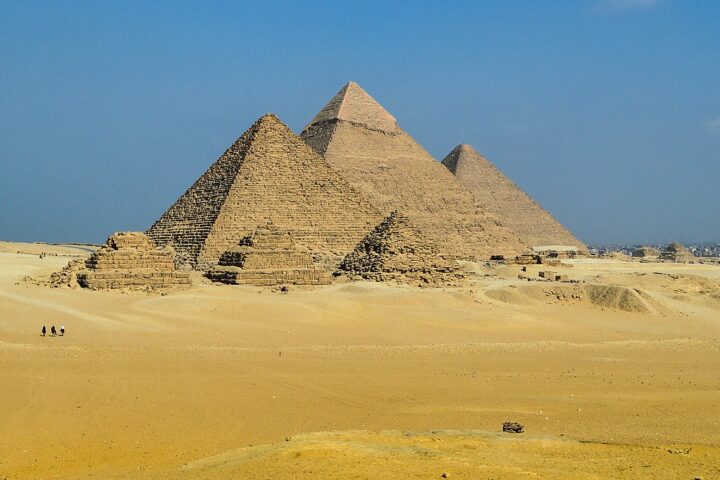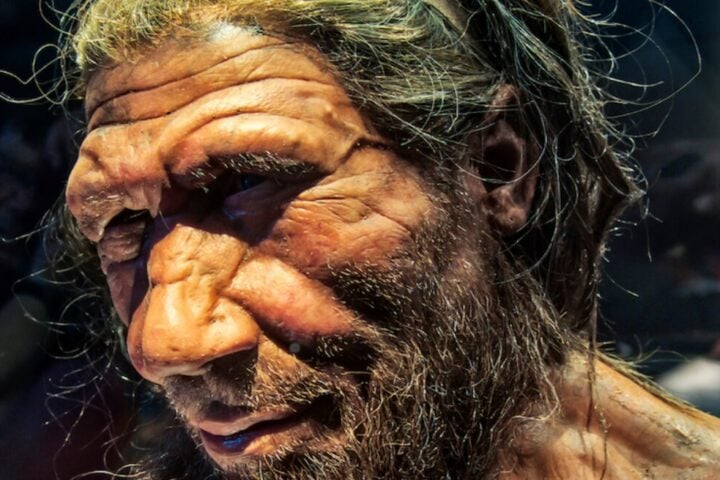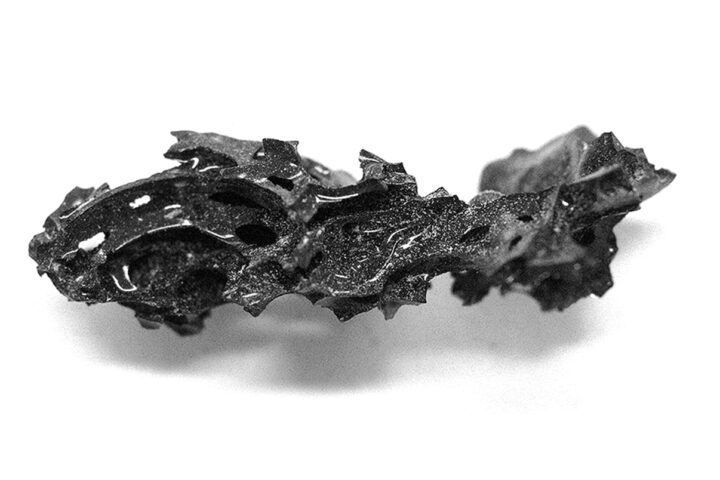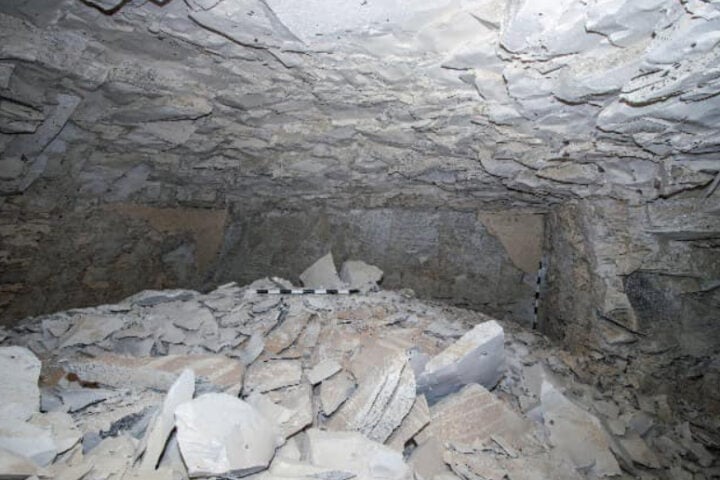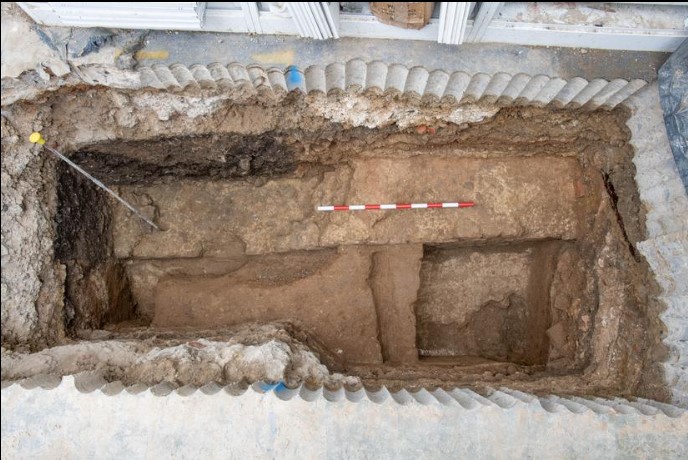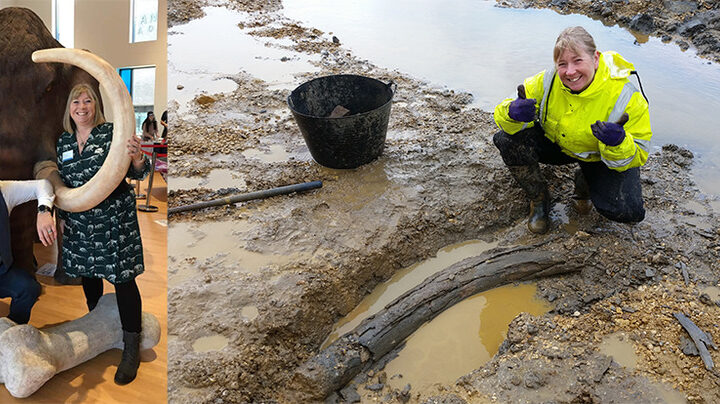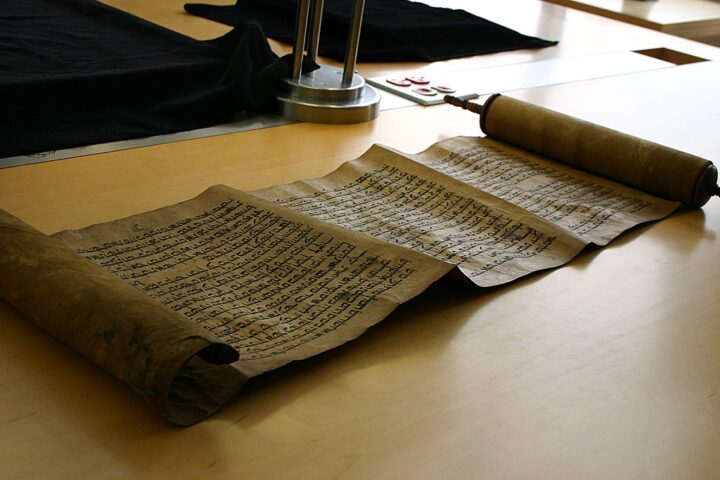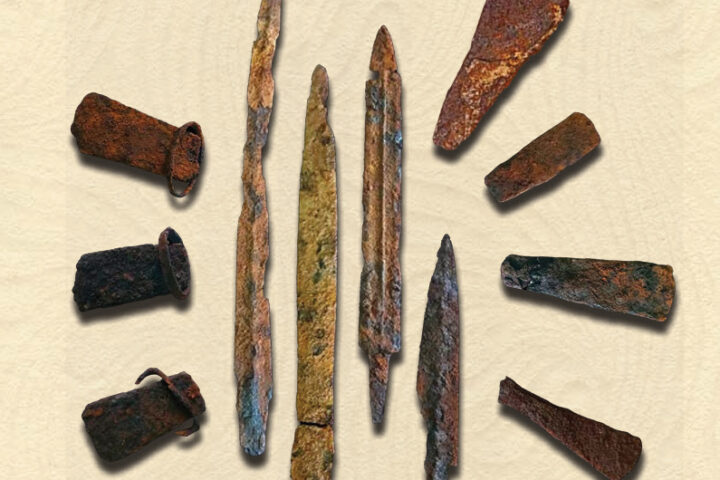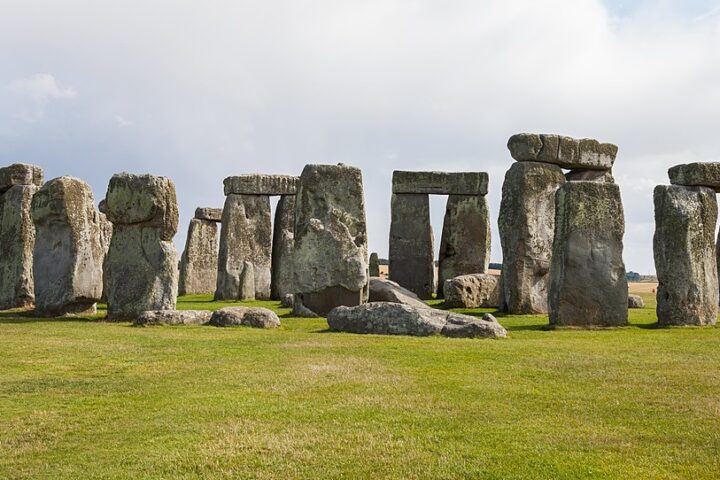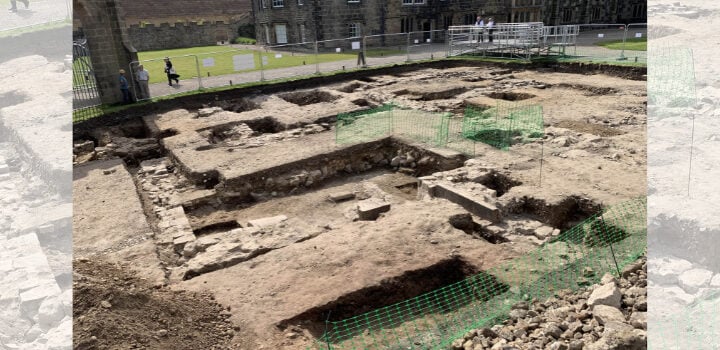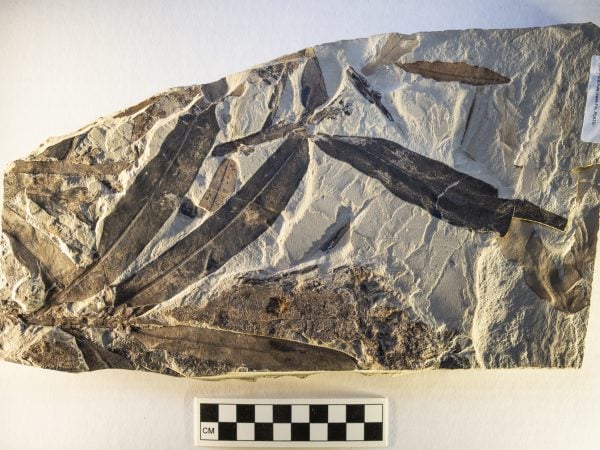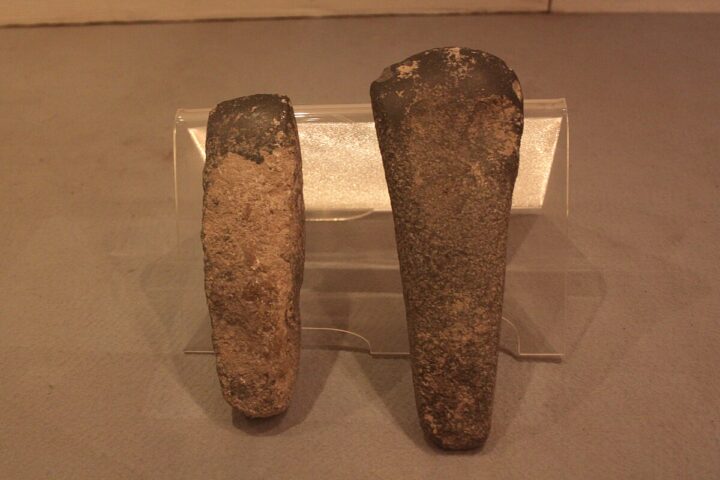Modern technology is unlocking secrets from ancient Egypt that could change our understanding of early human civilization. The British Museum’s groundbreaking study of 500 animal mummies shows how religion, economics, and society were deeply interconnected thousands of years ago.
Scientists have discovered something surprising. These weren’t just random animal burials. They were part of a massive industry that produced an estimated 70 million mummified animals. This finding raises important questions about how ancient societies organized large-scale production systems.
“We have no idea what is going on,” says Marie Vandenbeusch, who leads the research at the British Museum’s Egypt and Sudan department. She points out that this discovery forces us to rethink what ancient civilizations could achieve. “The big picture is why all those animals were bred, killed, and mummified, and how did it impact Egyptian society.”
The research team is using X-rays and hospital-grade CT scanners to look inside these ancient packages without damaging them. These scans have already proved valuable. A four-meter crocodile mummy contained unexpected items: stones the animal used for digestion and a cow’s leg.
This discovery matters because it shows how ancient Egyptians connected their daily lives with their beliefs. “This fits very well with the idea of that crocodile being a manifestation of God and living in a temple,” Vandenbeusch explains. “If you look at offering tables to gods, usually you have the foreleg of a cow.”
Similar Posts
What we thought we knew about ancient Egypt is changing. Many mummy labels are wrong about what’s inside. The research shows that ancient Egyptians kept exotic animals in royal menageries. They had rare animals like leopards and elephants. Some people even had their pets mummified after death, which could provide food or companionship in the afterlife.
The study shows how ancient Egyptians managed a massive industry. They bred and mummified millions of animals as part of their religious practices. They had workers who knew how to care for animals and prepare mummies. The practice supported jobs for embalmers, artisans, and traders. Temples earned money from selling mummified animals.
The British Museum will show these findings to the public. A big exhibition is planned for late 2026. Visitors can see how people lived and worshiped thousands of years ago.
The research helps us understand this ancient practice better. It shows us how religion and daily life were connected. Looking at these artifacts helps us learn about the past.
These animal mummies tell us about ancient Egyptian life. They show how people practiced their religion. They reveal details about their culture and beliefs. Most importantly, they help us understand how this massive mummification industry worked.
Each mummy has a story to tell us. They’re not just old things in a museum. They show us how an ancient society handled large-scale religious practices, something that affected everyone’s daily life.
